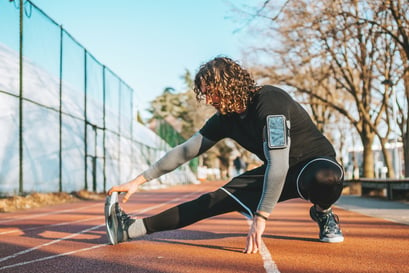 Everyone needs strong hips. Athletes need them to perform a wide variety of movements within a given sport. Aging adults need them to help reduce the risk of falls. When we think about the hip, most people think about the glutes and abductors. You can look in any gym and see a handful of people with a band around their knees performing a plethora of movements working the glutes and abductors. However, the most neglected muscle is the one on the inside of the thigh: the adductor.
Everyone needs strong hips. Athletes need them to perform a wide variety of movements within a given sport. Aging adults need them to help reduce the risk of falls. When we think about the hip, most people think about the glutes and abductors. You can look in any gym and see a handful of people with a band around their knees performing a plethora of movements working the glutes and abductors. However, the most neglected muscle is the one on the inside of the thigh: the adductor.
Anatomy and Function of the Adductor
The adductor muscle is situated in both the medial and posterior compartments of the upper leg. It attaches to the hip bone and to the linea aspera of the femur. The primary role of the adductor is to adduct and internally rotate the thigh at the hip joint. It also plays an important role in hip extension and stabilizing the pelvis along with the glutes and hamstrings.
Why You Should Be Training the Adductors
The adductors are a secondary muscle group that assists the larger muscle groups during compound exercises such as squats and deadlifts. However, there are important benefits to focusing accessory movements on the adductors. As I mentioned, the adductor plays a role in hip extension and stabilization of the pelvis. Hip extension is one of, if not the most powerful movements of the body. It is how we jump, stand, walk, run, and sprint. If we neglect the adductor muscles, we are missing out on added stabilization of the pelvis during all these movements.
Groin strains are the most common among athletes who are sprinting, cutting, and changing directions. Throughout these movements, the adductors take on a large load of eccentric forces. This means that just like the hamstrings during a heel strike, these muscles are force absorbers. A muscle is more likely to tear or strain if it is not strong enough to absorb an increasing amount of force. Strengthening the adductors can reduce the likelihood of a groin strain.
The adductors not only stabilize the pelvis, but they also control pelvic rotation. This is highly important for sports such as baseball, softball, golf, hockey, or tennis. All of these sports rely highly on the rotational power of your hips for swinging and throwing. Weak adductors will not help you hit farther or throw harder.
Movements for the Adductors
- Adductor Machine: Not all gyms or facilities have one of these machines. However, if you do have access to one, it’s the simplest way to directly train the adductors.
- Adductor Foam Roller Hold: Although you do not get the same overloading stimulus as the adductor machine, the foam roll hold could be a substitute for the machine. For this variation, all you need is a foam roller, or an object similar in width and it needs to be solid. In a seated or lying position, bend your knees to 90* and place the foam roller between your knees and squeeze. This is an isometric movement that you can make harder by holding for a longer duration.
- Banded Adduction: For this you will need a super band and a place to anchor the band close to the ground. To perform this movement, you will be in a standing position with your side to the band. Wrap the band around the inner foot and step out until you feel tension on the band. From your starting point, let the band pull your foot away. Stand tall and bring your foot back to the center.
- Lateral Lunge: This is a great movement for any skill level because it can be progressed and regressed. To perform a body-weight lateral lunge, start with both legs together. Step one foot out and begin to bend that knee and start to sit your hips back. Push off that leg and bring both feet together. To progress this movement, simply add weight.
- Copenhagen Plank: For this movement you will need a bench or a box. You will start in a side plank position with your top foot on the bench and your bottom leg either straight or bent. From this position, you will pick your hip up and hold.
- Medicine Ball Scoop Pass: For the rotational action of the adductors, we will perform a rotational throw. With a medicine ball in both hands, shift your weight to the outside foot. From this position, push off the outside foot and rotate the hips, and then the shoulders, and throw the ball at the wall.
This blog was written by Evan James, NIFS Exercise Physiologist EP-C, Health Fitness Instructor, and Personal Trainer. To learn more about the NIFS bloggers, click here.


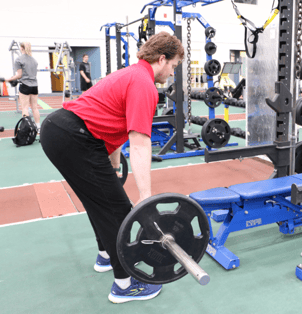 The
The 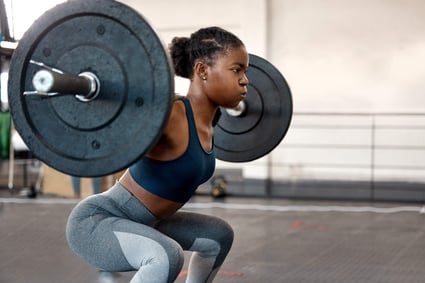 The
The 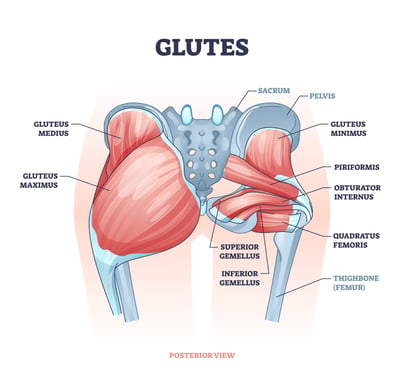 The Gluteal Muscles
The Gluteal Muscles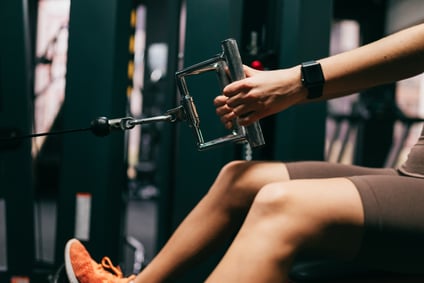 In this blog series, I have discussed
In this blog series, I have discussed 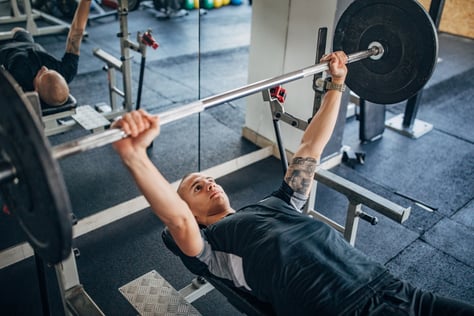 In
In 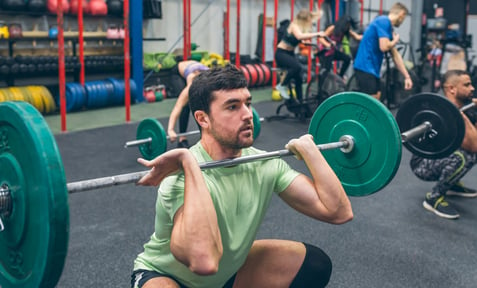 Olympic weightlifting is one of the oldest sports that is still around to this day in the Olympics. Over time the sport has evolved to what it is today, and there are more participants at the national-level events here in the US than ever before. With the help of
Olympic weightlifting is one of the oldest sports that is still around to this day in the Olympics. Over time the sport has evolved to what it is today, and there are more participants at the national-level events here in the US than ever before. With the help of 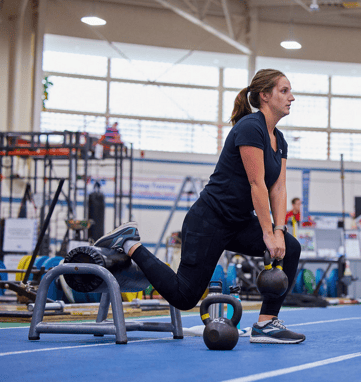 How many times have you or someone you know needed help because they were unable to open the pickle jar? Now, how many times have you heard someone get mad because the pickle jar was too easy to open. I’m guessing you haven’t. Nobody has ever complained about being too strong—a statement I like to tell people when they ask why they should start strength training. There are many benefits of strength training. As we age we lose the physical ability to carry out certain activities. Tasks that were once easy are now difficult to do alone or not at all. These are our activities of daily living.
How many times have you or someone you know needed help because they were unable to open the pickle jar? Now, how many times have you heard someone get mad because the pickle jar was too easy to open. I’m guessing you haven’t. Nobody has ever complained about being too strong—a statement I like to tell people when they ask why they should start strength training. There are many benefits of strength training. As we age we lose the physical ability to carry out certain activities. Tasks that were once easy are now difficult to do alone or not at all. These are our activities of daily living. 
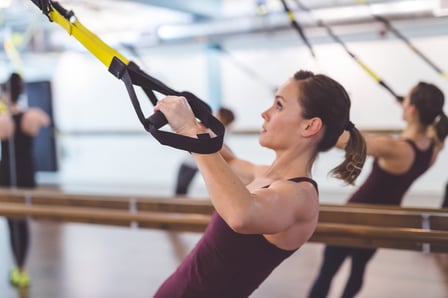 Have you ever started an exercise program and for whatever reason were not able to stick with it? There are many reasons that you may not be able to stick with an exercise program. It might be too hard, and you are not able to maintain the amount of work that is required. Maybe your workouts take too much time, and you are not able to fit it into your schedule. Or maybe you are not seeing the results you want. Whatever the reason that you were not able to find sustainability within your exercise program, there is always a solution. The best way I have found to find sustainability in exercise is to figure out your goals, then pick your programming, and lastly find consistency in your exercise.
Have you ever started an exercise program and for whatever reason were not able to stick with it? There are many reasons that you may not be able to stick with an exercise program. It might be too hard, and you are not able to maintain the amount of work that is required. Maybe your workouts take too much time, and you are not able to fit it into your schedule. Or maybe you are not seeing the results you want. Whatever the reason that you were not able to find sustainability within your exercise program, there is always a solution. The best way I have found to find sustainability in exercise is to figure out your goals, then pick your programming, and lastly find consistency in your exercise. 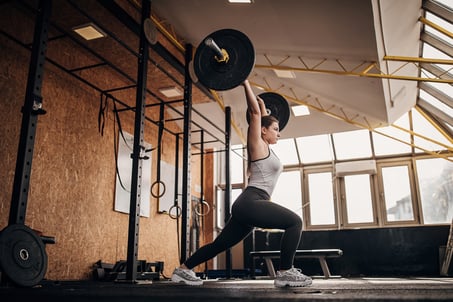 The first thought that comes into most people’s heads when they hear the word weightlifting is, more times than not, “bulky.” The perception is that heavy weightlifting will cause an undesired large gain of muscle mass. This is true; weightlifting will cause you to put on muscle mass, but it will take a lot more than just lifting weights to be “bulky.” Please do not let your goals steer you away from certain exercises.
The first thought that comes into most people’s heads when they hear the word weightlifting is, more times than not, “bulky.” The perception is that heavy weightlifting will cause an undesired large gain of muscle mass. This is true; weightlifting will cause you to put on muscle mass, but it will take a lot more than just lifting weights to be “bulky.” Please do not let your goals steer you away from certain exercises.